Blow Us All Away
Eleven Tony awards, the 2016 Grammy Award for Best Musical Theatre Album and the 2016 Pulitzer Prize for Drama, this avant-garde musical – Hamilton – is fast becoming a cultural icon that seamlessly traverses across the boundaries of time
Vivek Mansukhani
There’s a show on Broadway that The New Yorker has labelled ‘an achievement of historical and cultural reimagining’. Titled Hamilton: An American Musical, it is a musical about the life of American founding father Alexander Hamilton, with music, lyrics and book by the insanely talented Lin-Manuel Miranda. Inspired by the 2004 biography Alexander Hamilton by historian Ron Chernow, it is an impassioned narrative of how one man’s story becomes the collective narrative of a nation built by immigrants who occasionally need to be reminded where they came from.
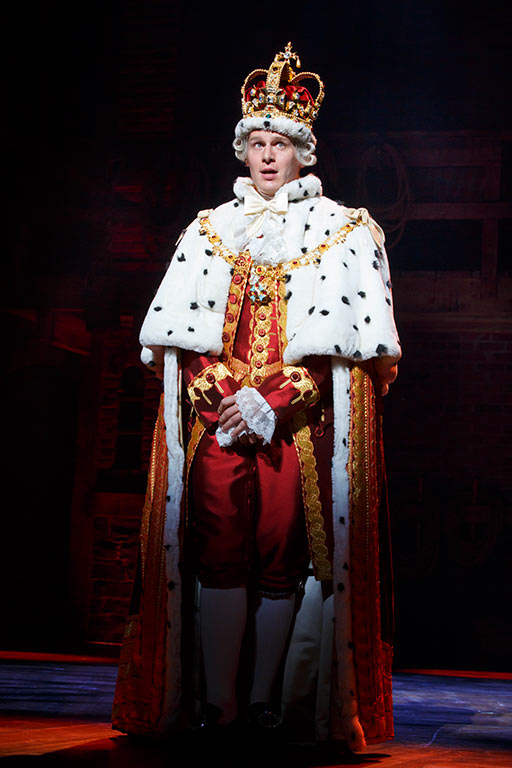
Hamilton has received nearly unanimous acclaim from professional critics. Ben Brantley in The New York Times, wrote, ‘I am loath to tell people to mortgage their houses and lease their children to acquire tickets to a hit Broadway show. But Hamilton, directed by Thomas Kail and starring Mr Miranda, might just about be worth it.’
Following its off-Broadway run when it opened in August 2015 at the Richard Rodgers Theatre, on Broadway, it received enthusiastic critical reception and unprecedented advance box office sales, reportedly taking in $30 million before its official opening. Completely sold out for its Broadway engagement, Hamilton was the second-highest-grossing show on Broadway for the Labor Day week ending September 6, 2015 (behind only the The Lion King).
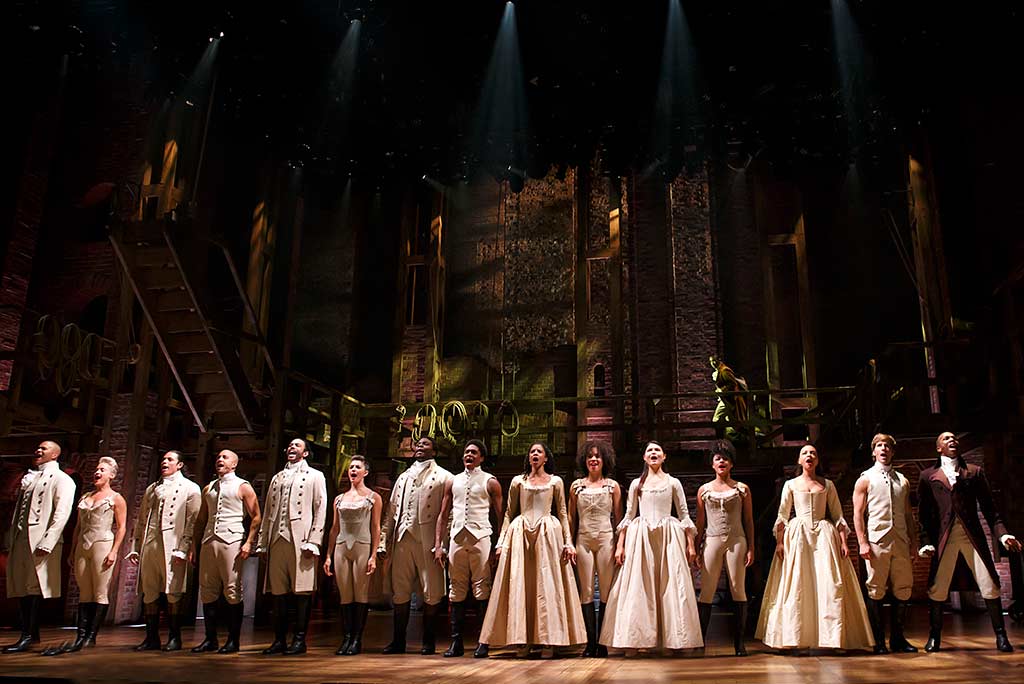
So what makes this show such a trailblazer? Why is a story from two centuries ago being regarded as deeply relevant and resonant in today’s time and age? Why is it being touted as a cultural phenomenon?
First, the breaking of stereotypes and the out-of-the-box casting in order to make the characters accessible and immediately identifiable – in the here and the now. The creator of the show, Miranda, says that the portrayal of Hamilton, Thomas Jefferson, George Washington, and other Caucasian historical figures by black and Hispanic actors should not require any substantial suspension of disbelief by audience members. He says, ‘Our cast looks like America looks now, and that’s certainly intentional. It’s a way of pulling you into the story and allowing you to leave whatever cultural baggage you have about the founding fathers at the door. We’re telling the story of old, dead white men but we’re using actors of colour, and that makes the story more immediate and more accessible to a contemporary audience. Hamilton is a story about America, and the most beautiful thing about it is that it is told by such a diverse cast with diverse styles of music. We have the opportunity to reclaim a history that some of us don’t necessarily think is our own.’

Second, the language and style of telling the story connects with the audiences of today. The musical is mostly sung-through, with little dialogue. While the music is exhilarating, it is the lyrics that are the big surprise. George Washington, a stately figure in Jackson’s dignified performance, sings in polished prose. While there are verbal references to Rodgers and Hammerstein, Gilbert and Sullivan, Sondheim, West Side Story and 1776, there is also a sublime conjunction of radio-ready hip-hop, as well as R&B, Britpop and traditional showstoppers. Combining these eclectic genres of music with under-dramatised American history and Miranda’s own background of being a first-generation Puerto Rican and with his supreme command over English words and their musicality, Hamilton is able to hit multi-level culture buttons, and hit them hard. The work’s human drama and novelistic density are poignantly captured in the spell-binding lyrical compositions. A high school teacher from the Bronx observed that his students were singing these songs the way they might sing the latest release from Drake or Adele.
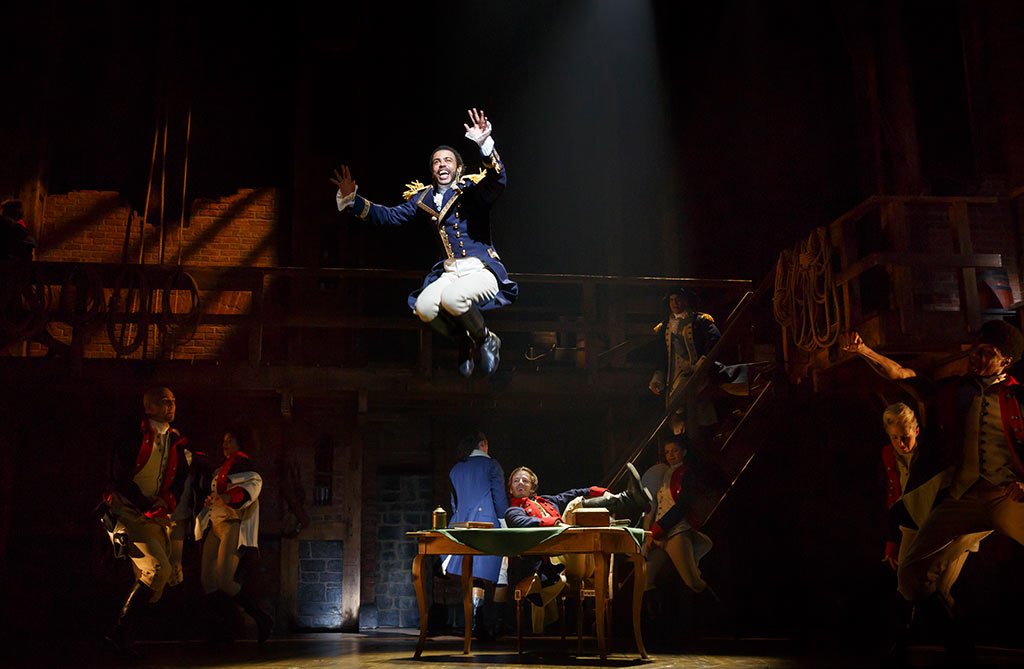
Third, the electrifying choreography. The three confrontational scenes among the lead characters are superbly handled, highlighting the riveting staging by director Thomas Kail and choreographer Andy Blankenbuehler. The latter received a Tony award and a Special Drama Desk Award for ‘his inspired and heart-stopping choreography in Hamilton, which is indispensible to the musical’s storytelling’. He has used movement to convey or highlight nearly every part of the hit Broadway show’s story – down to the bullet, personified by a slow-motion dancer that kills Alexander Hamilton. Sometimes, the choreography contributes in a straightforward way as when dancers hoist furniture aloft and sway to mimic the disarray of a hurricane. Other times, the gestures come from Blankenbuehler’s interpretation of the words, layered with references both 18th century and contemporary. But, it is not as though everything has been turned around on its head merely to appeal to and engage contemporary audiences. The production aesthetics retain the authenticity of the historical period in its design elements and in its overall contextual setting. The costumes, by Paul Tazewell, are what you might expect in a traditional costume drama appropriately reflecting the period with velvet frock coats and knee britches. The scenic design by David Korins is a wooden scaffold against exposed brick. The big stage has been done up to suggest a period-appropriate tavern, where incendiary youth might gather to drink, brawl and plot revolution. The warm lighting by Howell Binkley suggests candlelight, creating a visual spectacle that is rooted in its time period, re-creating the era evocatively.
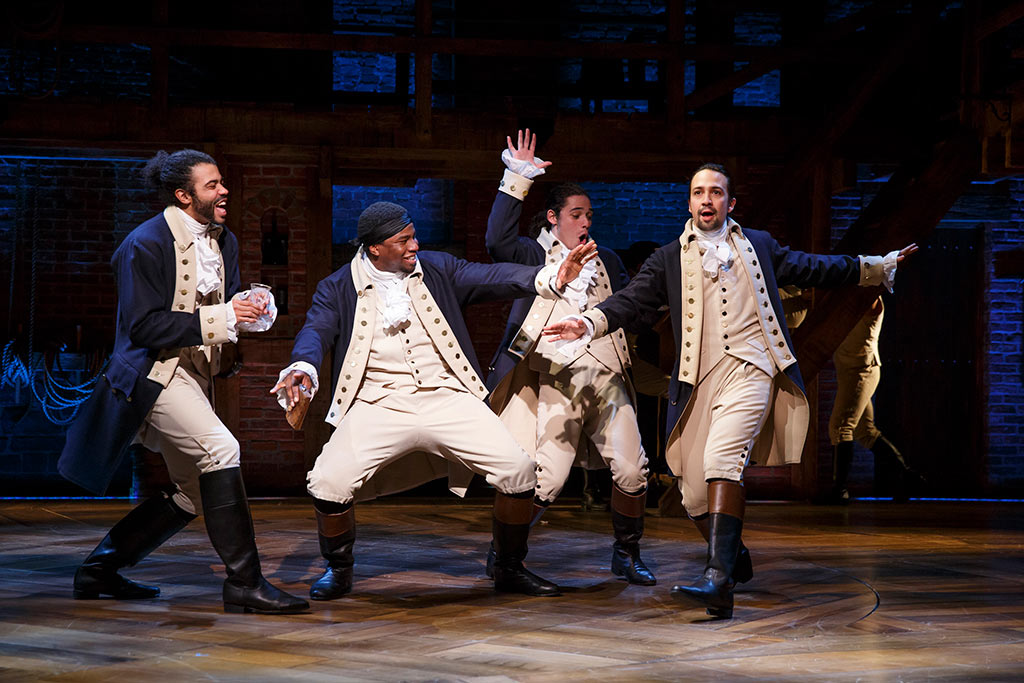
History teachers across the United States are harnessing the Hamilton phenomenon to inspire their students. The rap songs and the contemporary choreography provide a way to engage students with topics that have traditionally been considered uninteresting. Hamilton is especially galvanising for the student who believes that stories about 18th century America are distant and irrelevant as it shows the founding fathers were real humans with real feeling and real flaws, rather than bloodless, two-dimensional cutouts who devoted their lives to abstract principles.
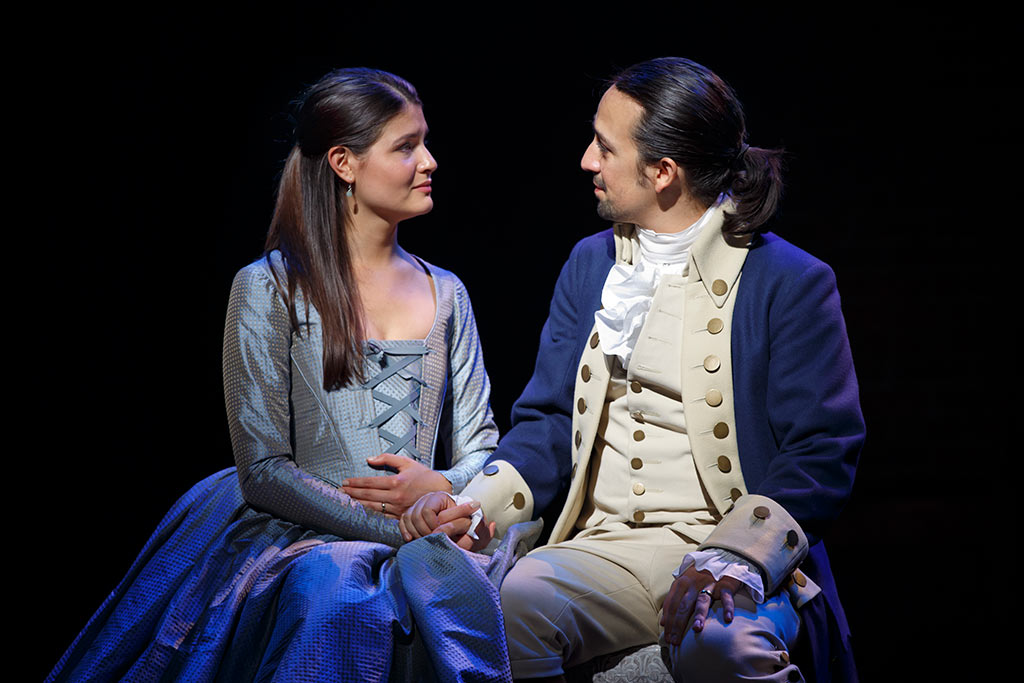
Hamilton clearly appears to be a watershed, a breakthrough and a game changer. It is a cultural revolution that has generated fans from President Obama to the ordinary person on the street. David Cote in his review for Time Out New York wrote, ‘I love Hamilton. I love it like I love New York, or Broadway when it gets it right. And this is so right…’
Back home, I’d love for someone in India to take a powerful story from our rich history that is timeless and still deeply relevant today, bringing it alive on stage in a style which speaks immediately to today’s generation. It’s time someone created a theatre piece inspired from the past, relevant to the present, looking into the future…..that blows us all away.
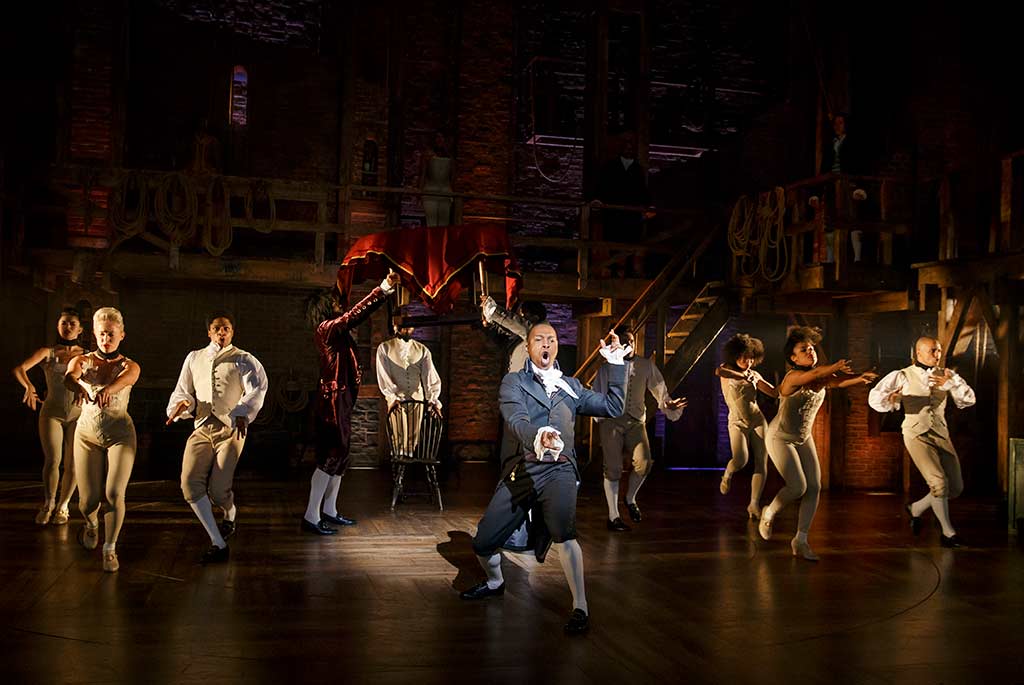
The title of this piece ‘Blow Us All Away’ is the title of a song in Act II of Hamilton: An American Musical, performed by Philip, Hamilton, Eacker, Dolly, Martha and Company.
Share
